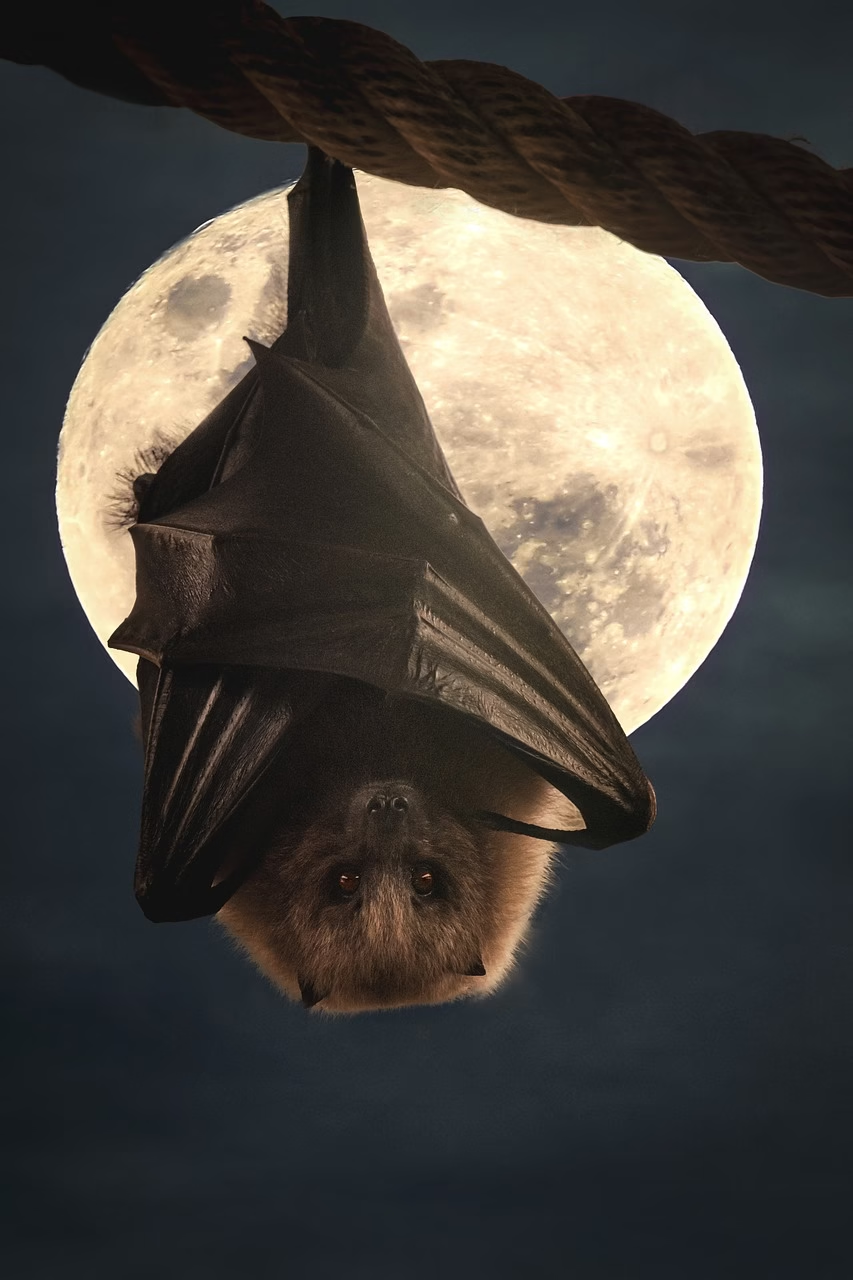Exploring the philosophical and biological questions of living as a bat.
Ever wondered what it’s like to live as a bat? From their unique way of navigating the world to their infamous status in philosophy, bats have fascinated both scientists and thinkers for centuries. Philosopher Thomas Nagel’s essay, “What Is It Like to Be a Bat?”, brought this question to the forefront, challenging how we think about consciousness. Let’s dive into the biology, behavior, and deeper implications of what it might mean to live as these nocturnal creatures.
How Bats Navigate Their World
Bats are exceptional in their ability to use echolocation to “see” their surroundings. They emit high-frequency sound waves that bounce off objects and return as echoes. This ability allows them to hunt insects in complete darkness, making them one of nature’s most skilled predators.
To learn more about how echolocation works, you can check out this detailed explanation from the National Geographic.
To us humans, this kind of sensory experience is hard to imagine. Our primary sense is vision, but for bats, sound paints a vivid picture of the world. This difference makes understanding a bat’s experience uniquely challenging. As Nagel put it, we can never truly comprehend what it’s like to perceive the world through sound instead of sight.
Consciousness Through a Bat’s Perspective
Nagel’s philosophical argument is that we cannot fully grasp another creature’s subjective experience, especially one so different from ours. While we can study a bat’s brain or behavior, we can’t “step into their wings” and truly know how it feels to navigate the world through echolocation. This thought experiment raises questions about human limitations in understanding consciousness.
If you’re curious to explore Nagel’s essay further, check out the full text on the Stanford Encyclopedia of Philosophy.
Why Bats Are So Unique
Bats are the only mammals capable of sustained flight, and they belong to the order Chiroptera, meaning “hand-wing” in Greek. Their wings are made up of elongated fingers covered by a thin membrane of skin. This structure gives them unparalleled control in flight, allowing them to swoop, dive, and hover with precision.
In addition to their biological uniqueness, bats play an important role in ecosystems. They control insect populations, pollinate plants, and disperse seeds. Learn more about bats’ critical ecological role from Bat Conservation International.
The Bigger Picture
Thinking about what it’s like to be a bat isn’t just a fun mental exercise. It’s a gateway to deeper questions about consciousness, empathy, and the limitations of human understanding. If we struggle to imagine a bat’s experience, how well can we truly understand the perspectives of other humans, let alone animals?
For a scientific perspective on animal consciousness, visit the Scientific American.
Final Thoughts
So, what is it like to be a bat? We may never truly know. But by exploring the question, we open ourselves up to broader ideas about the nature of consciousness and the diversity of experiences in the natural world. Whether you’re a philosopher pondering Nagel’s arguments or a biologist studying echolocation, bats remind us just how fascinating—and mysterious—life can be.





